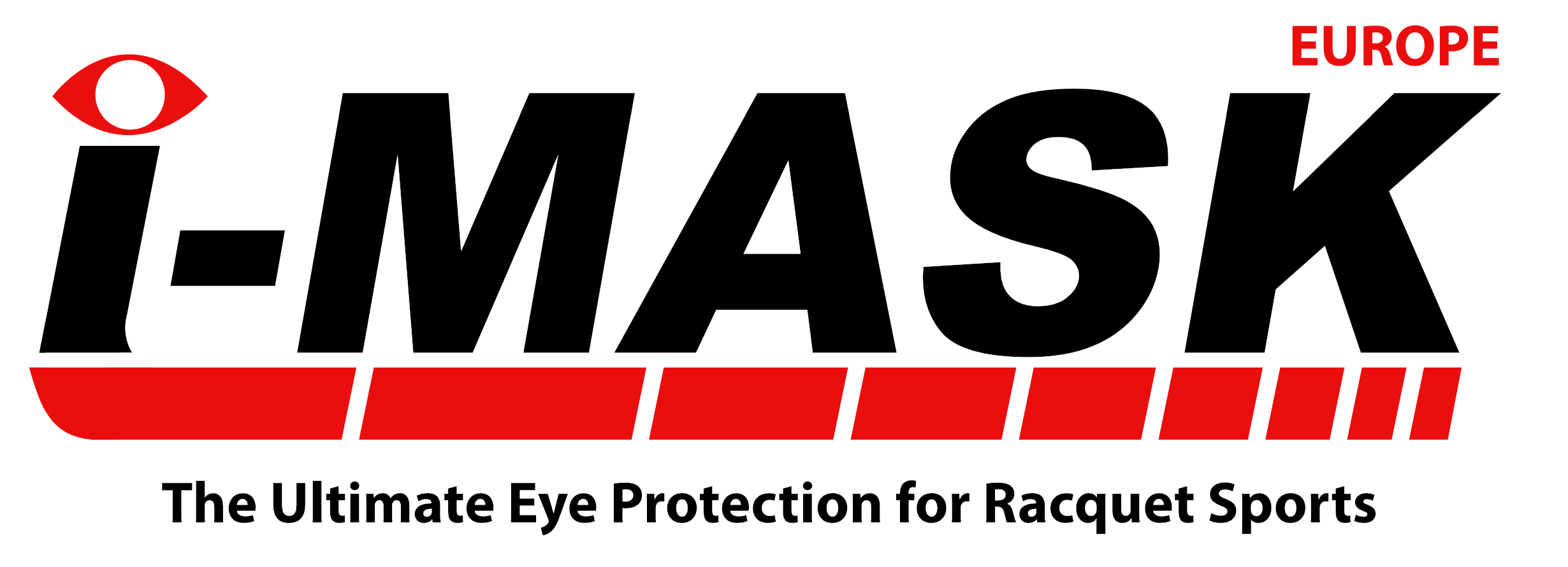-
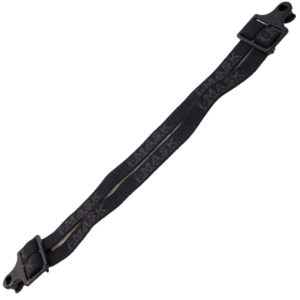
Elastic Strap (One size fits all)
13,90 € Add to cart -
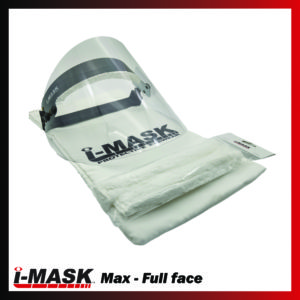
i-Mask MAX – BLACK
75,04 € Select options This product has multiple variants. The options may be chosen on the product page -
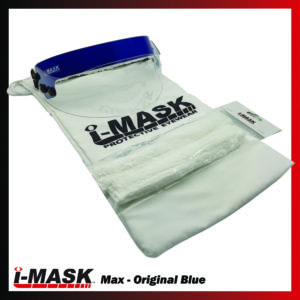
i-Mask MAX – BLUE
75,04 € Select options This product has multiple variants. The options may be chosen on the product page -

i-Mask MAX – GREEN
75,04 € Select options This product has multiple variants. The options may be chosen on the product page -
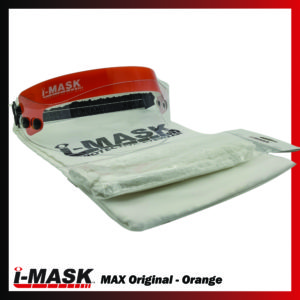
i-Mask MAX – Orange
75,04 € Select options This product has multiple variants. The options may be chosen on the product page -
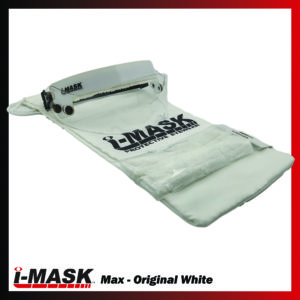
i-Mask MAX – White
75,04 € Select options This product has multiple variants. The options may be chosen on the product page -
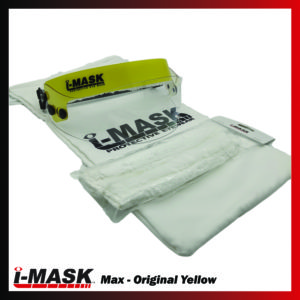
i-Mask MAX – YELLOW
75,04 € Select options This product has multiple variants. The options may be chosen on the product page -
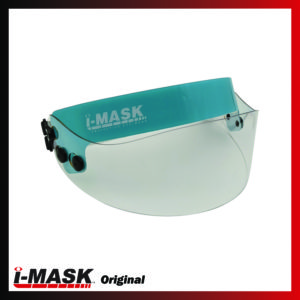
i-Mask NO FRILLS Set
59,09 € – 65,00 € Select options This product has multiple variants. The options may be chosen on the product page -
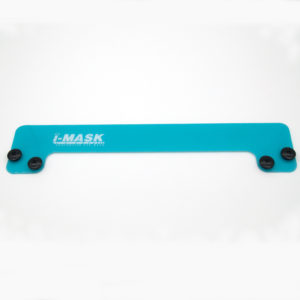
iMask Aqua Headband
28,00 € Add to cart -
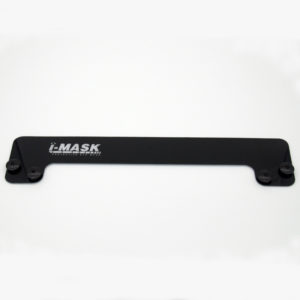
iMask Black Headband
28,00 € Add to cart -
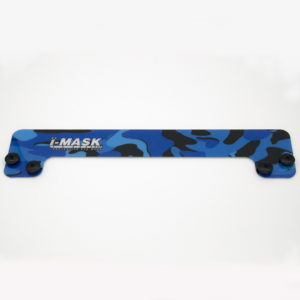
iMask Blue Camo Headband
28,00 € Add to cart -
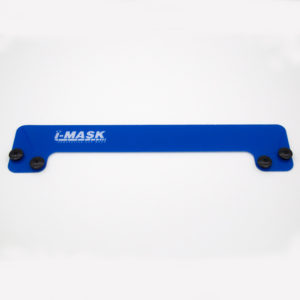
iMask Blue Headband
28,00 € Add to cart
iMASK Features
- NO FOGGING
i-MASK is the player's first choice because it has eliminated all the disadvantages of competitive products like: fogging, nose discomfort and restricted peripheral vision.
- PROTECTION FOR PLAYERS WHO WEAR GLASSES
The visor can be worn over glasses, supporting them & helping to protect the spectacles from impact on lenses or frames.
- LETS YOU LOOK LIKE YOURSELF
The i-MASK visor does not have a frame around the visor. You look more as though you're wearing a sweatband than eyewear. And if you've just played a great game, isn't it nice to be able to be recognised?
- FULL PERIPHERAL VISION
There is virtually no vision restriction. See a testimonial.
- LIGHTWEIGHT
Because the i-MASK visor weighs so little, you're likely to forget you're wearing it.
- CUSTOM MADE UNITS
You can have i-MASK visors made up for your club/centre with your logo and choice of colours! The final price will depend on the artwork being supplied or created. For further information & pricing contact us at sales@imask.com.au
- YOU CAN REPLACE INDIVIDUAL PARTS
You can buy replacements for all parts of the i-MASK visor so you don't have to buy a whole new unit if one part is damaged or lost.
- JUNIOR SIZE
i-MASK Junior size visor is just 11% smaller than the adult size. It is just perfect for the 7 - 10 year old or the very small adult. The i-MASK Junior visor has all the safety features of the adult size, with more protection for the face than other eyewear, and unrestricted vision
- 2 YEAR WARRANTY
The i-MASK visor is manufactured from optically clear polycarbonate and is virtually unbreakable and has a 2 year warranty on all fixing points.
- World Squash Federation (WSF) APPROVED SAFETY STANDARDS AND MARKS
The i-MASK has passed these Safety Standards for squash : ASNZS 4066:1992 (Australia & New Zealand) & ASTM F803-94 (USA)and carries.
SQUASH Facts:
Facts about the game ... These extracts are from a survey of 197 competition and social players from 7 squash centres in and around Melbourne conducted in September through October in 1995 by Caroline Finch and Paul Vear and accepted for publication in December 1997 by the Sports Medical Journal. Squash is one of the most popular sports played in Australia. At that time there were 1.25 million players with 300,000 social and competitive players participating on a weekly basis. The ball is played at various angles, the racquet stroke requires a wide arc at speed and there is a need to face the back of the court on occasion. It is easy to see why there is a risk of being hit by the ball or the racquet. Squash has consequently been established as a major contributor to the incidence of sports related eye trauma. The ultimate goal therefore is the compulsory wearing of protective eye wear by all players when on court. In 1996 the World Squash Federation took the major decision of recommending the mandatory wearing of safety eye wear for all juniors and their coaches.
- The impact of a squash ball at 150KPH is equal to the same energy impact of a .22 bullet
- This speed is well within the scope of most juniors and women
- The impact of a squash ball at 200KPH has 4 times the energy of a .22 bullet
- The racquet head speed has the potential of approaching 161KPH (Maylack,1988) (The major cause of facial injuries in squash is raquet strike.)
- It is estimated that there may be a 25% risk of eye injury in a lifetime of playing squash
- The Australian and New Zealand safety STANDARD AS/NZS 4066 is (according to the publication) superior to the American safety STANDARD ASTM.F803-94
(Finch / Clavisi 1998) Three quarters of the injuries were males aged between 15 and 64 years. Over half the players (54%) had been playing for at least 20 years before their current injury. Only 5 players had been playing less than 1 year Open lenseless eye guards are ineffective in preventing ocular injury even at speeds as low as 80KPH The use of improper eye wear (eg. Dress spectacles or sunglasses) can potentially cause penetrating ocular trauma. (Finch and Vear VSF field trials of protective eye wear 1998) Survey respondents from the field tests rated i-MASK visors as superior in all areas. View Photo Gallery of injuries sustained. (Not for the faint hearted!)
